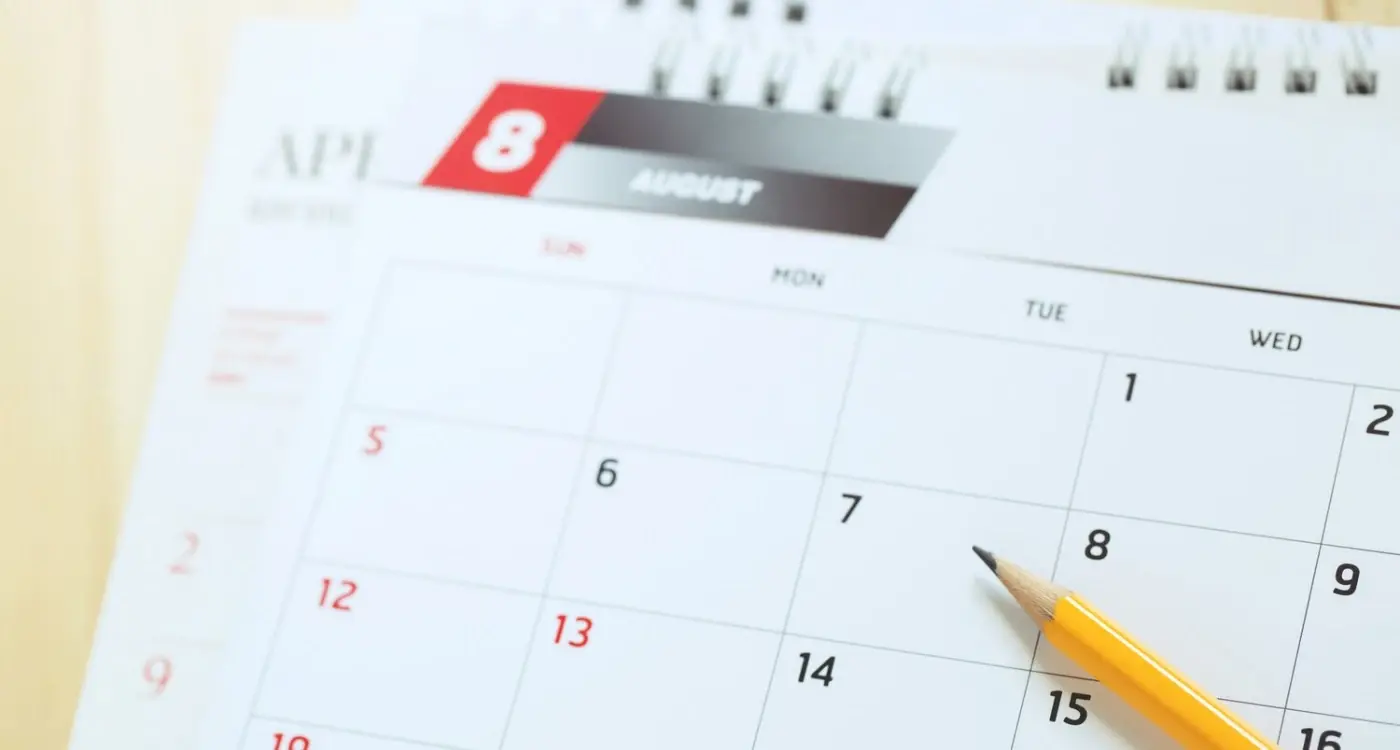How Do You Set Up App Analytics Without a Technical Background?
Most mobile app owners have no idea what their users actually do inside their apps. They might know how many downloads they get, but that's like knowing how many people walked past your shop window without understanding who came inside or what they bought. The reality is that without proper analytics, you're flying blind—making decisions based on guesswork rather than real data about user behaviour.
Now, if you're not a developer or don't have a technical background, setting up app analytics can feel overwhelming. You might think you need to understand complex code or hire expensive developers just to get basic insights about your users. But here's the thing: modern analytics tools have become much more accessible, and many of the setup processes can be handled without writing a single line of code.
The best time to set up analytics was when you first launched your app. The second best time is right now.
Throughout this guide, we'll walk through the entire process of implementing measurement in your mobile app using simple, non-technical approaches. You'll learn how to choose the right analytics platform, set up tracking for user actions, and most importantly, how to read the data to make informed decisions about your app's future. By the end, you'll have a clear understanding of what's working in your app and what needs improvement.
Understanding App Analytics Basics
Let me start by saying this—app analytics isn't as scary as it sounds. I've worked with countless clients over the years who've been absolutely terrified of anything that involves numbers or data. But here's the thing: app analytics is just a way of understanding what people are doing in your app.
Think of it like this: when you have a shop, you can see customers walking around, picking things up, and buying stuff. With a mobile app, you can't physically see what people are doing, so analytics becomes your eyes and ears. It tells you which screens people visit most, where they get stuck, and what makes them leave your app.
What Analytics Actually Track
Analytics tools collect information about user behaviour in your app. This includes basic stuff like how many people downloaded your app, how often they open it, and how long they spend using it. But it goes deeper than that—you can see which buttons people tap, which features they ignore, and even where they encounter problems.
- Number of app downloads and installations
- Daily and monthly active users
- Time spent in your app
- Which screens users visit most
- Where users drop off or leave
- In-app purchases and conversions
The good news is that most analytics platforms present this information in simple graphs and charts. You don't need a mathematics degree to understand what's happening—the tools do the heavy lifting for you.
Choosing Your Analytics Platform
Right, so you've decided you need analytics for your mobile app—good choice! Now comes the fun part: picking which platform to use. I'll be honest with you, there are loads of options out there and it can feel a bit overwhelming when you're starting out.
The good news is that most analytics platforms are designed with non-technical users in mind these days. They want you to succeed, so they've made their interfaces pretty user-friendly. Mobile app analytics tools like Google Analytics are probably the most well-known option and it's free, which is why many people start there. Firebase Analytics (also by Google) is built specifically for mobile apps and integrates really well if you're planning to use other Google services.
Popular Analytics Platforms to Consider
- Google Analytics - Free and comprehensive
- Firebase Analytics - Mobile-focused with excellent integration
- Mixpanel - Great for tracking user behaviour
- Amplitude - Powerful event tracking capabilities
- Flurry - Yahoo's free analytics solution
Start with one platform and learn it properly before adding others. Multiple analytics platforms can make measurement implementation more complex than it needs to be.
When choosing, think about what you actually need to measure rather than what looks the most impressive. A simple platform that you understand and use regularly will always beat a complex one that intimidates you.
Setting Up Your Analytics Account
Right, so you've picked your analytics platform—now comes the fun part of actually getting your account set up. Don't worry, this bit is much easier than it sounds and most platforms have made the process pretty straightforward for people without technical backgrounds.
The first step is creating your account, which is usually just a case of entering your email address and creating a password. Nothing too scary there! Once you're logged in, you'll need to create what's called a "property" for your app. Think of this as telling the analytics platform about your specific app—its name, what type of app it is, and which app stores it'll be available on.
Key Information You'll Need
When setting up your property, most platforms will ask for similar information. Having these details ready beforehand will save you time:
- Your app's name (the one users will see)
- App category (games, productivity, social, etc.)
- Target countries or regions
- Time zone for reporting
- Currency if you're tracking purchases
Once you've filled in these details, the platform will generate something called an "App ID" or "Tracking ID". This is like a unique fingerprint for your app that connects it to your analytics account. Write this down somewhere safe—you'll need it when your developer installs the analytics code into your app.
Installing Analytics in Your Mobile App
Right, so you've picked your analytics platform and set up your account—now comes the bit that makes most non-technical people break out in a cold sweat. The actual installation. But here's the thing I've learnt from working with clients over the years: this step isn't nearly as scary as it looks.
Your chosen analytics platform will provide you with what's called an SDK (Software Development Kit). Think of it as a small piece of code that needs to be added to your mobile app. If you're working with a development team, they'll handle this part for you. Just send them the SDK documentation and your tracking ID from your analytics account.
Working with Developers
Most developers have done this hundreds of times before. They'll know exactly what to do with the SDK files and integration instructions. The whole process usually takes them about 30 minutes to an hour, depending on how complex your app is.
The biggest mistake I see is people assuming they need to understand every technical detail—you don't, just focus on what data you want to collect
If you're building the app yourself using a no-code platform, many of these tools have built-in analytics integrations. You'll typically find them in the settings or plugins section. Just connect your analytics account and you're sorted. The app developers can guide you through this process, and the measurement implementation becomes much simpler when the platform handles the technical bits for you.
Tracking User Actions and Events
Right, so you've got your analytics platform set up and running—brilliant! But here's where things get interesting. Just having analytics installed isn't enough; you need to tell it what to actually track. Think of it like this: your analytics tool is ready to take notes, but you need to tell it which conversations are worth writing down.
Most analytics platforms will automatically track basic things like app opens, crashes, and screen views. That's the easy stuff. But the real magic happens when you start tracking custom events—the specific actions that matter to your app. Maybe it's when someone adds an item to their basket, completes a tutorial, or shares content with a friend.
Common Events Worth Tracking
- Button clicks on key features
- Form submissions or sign-ups
- In-app purchases or subscription starts
- Content sharing or social interactions
- Search queries and results
- Video plays or completion rates
Now, here's something I've learned from years of doing this—don't go overboard. I've seen people track every single tap, swipe, and breath their users take. The result? A mess of data that nobody can make sense of. Start with the big moments that actually matter to your business goals.
Setting Up Event Tracking
The good news is that most modern analytics tools make this surprisingly straightforward. You'll typically work with your developer to add small bits of code that say "when this happens, record it as an event." No technical background required on your part—just knowing what you want to track and why.
Reading and Understanding Your Data
Right, you've got your mobile app analytics up and running—now comes the fun part! Actually reading what all those numbers mean. I'll be honest, when I first started looking at analytics dashboards years ago, I felt like I was staring at a foreign language. But here's the thing: you don't need a technical background to understand the basics.
Your analytics dashboard is basically telling you a story about how people use your app. The key is knowing which numbers actually matter for your goals. Are you trying to get more downloads? Focus on acquisition metrics. Want people to stick around longer? Look at user retention and session duration.
Key Metrics to Watch
- Daily Active Users (DAU) - how many people used your app today
- Session Length - how long people spend in your app each time
- Retention Rate - percentage of users who come back after their first visit
- Crash Rate - how often your app stops working unexpectedly
- Conversion Rate - how many users complete your desired action
Don't try to track everything at once! Pick 3-5 metrics that align with your main goals and focus on those first. You can always add more later as you get comfortable with measurement implementation.
The real magic happens when you start comparing data over time. A single day's numbers don't tell you much, but looking at trends over weeks or months? That's where the insights live. Understanding how to measure if your app is actually working for your business requires this long-term perspective.
Common Analytics Mistakes to Avoid
After years of helping clients set up analytics for their mobile apps, I've spotted the same mistakes cropping up time and time again. The good news? They're all easily avoidable once you know what to look out for!
One of the biggest blunders I see is people tracking absolutely everything. Yes, you heard that right—more data isn't always better. When you track every single tap, swipe, and scroll, you end up drowning in numbers that don't actually tell you anything useful. Pick the actions that matter most to your app's success and focus on those.
The Most Common Slip-Ups
- Setting up tracking but never actually checking the data
- Forgetting to test your analytics setup before launching
- Not tracking the right events for your specific app type
- Ignoring user privacy settings and consent requirements
- Comparing data from different time periods without considering external factors
- Making big decisions based on just a few days of data
Here's something that might surprise you: the most successful app owners I work with check their analytics weekly, not daily. They give their data time to tell a proper story rather than panicking over every little dip or spike. Measuring user satisfaction is particularly important to get right from the start.
Trust me, avoiding these mistakes will save you hours of confusion and help you make much better decisions about your app's future. This is particularly important when you're building an app users can't stop talking about, as the data quality directly impacts your ability to create engaging experiences.
Conclusion
Setting up app analytics without a technical background isn't as scary as it might have seemed at the start. I've walked countless clients through this process over the years, and honestly, the ones who worry most about the technical side often end up being the most successful with their measurement implementation. Why? Because they focus on understanding what the data actually means instead of getting lost in the technical details.
Your mobile app now has the power to tell you exactly what your users are doing, where they're getting stuck, and what's working well. But here's the thing—having analytics installed is just the beginning. The real magic happens when you start using that data to make decisions about your app's future.
Don't expect to become a data expert overnight. I still learn new things about app analytics regularly, and that's after years of working with them. Start small, focus on the metrics that matter most to your business goals, and gradually build your confidence with the data.
The most successful app owners I work with check their analytics regularly but don't obsess over every tiny fluctuation. They use the data to guide their decisions, not to drive themselves mad with worry. Your app analytics are there to help you succeed—not to stress you out.
Share this
Subscribe To Our Learning Centre
You May Also Like
These Related Guides

Can I Build a PWA If I'm Not Technical?

What's the Best Way to Keep My App's Technology Up to Date?



